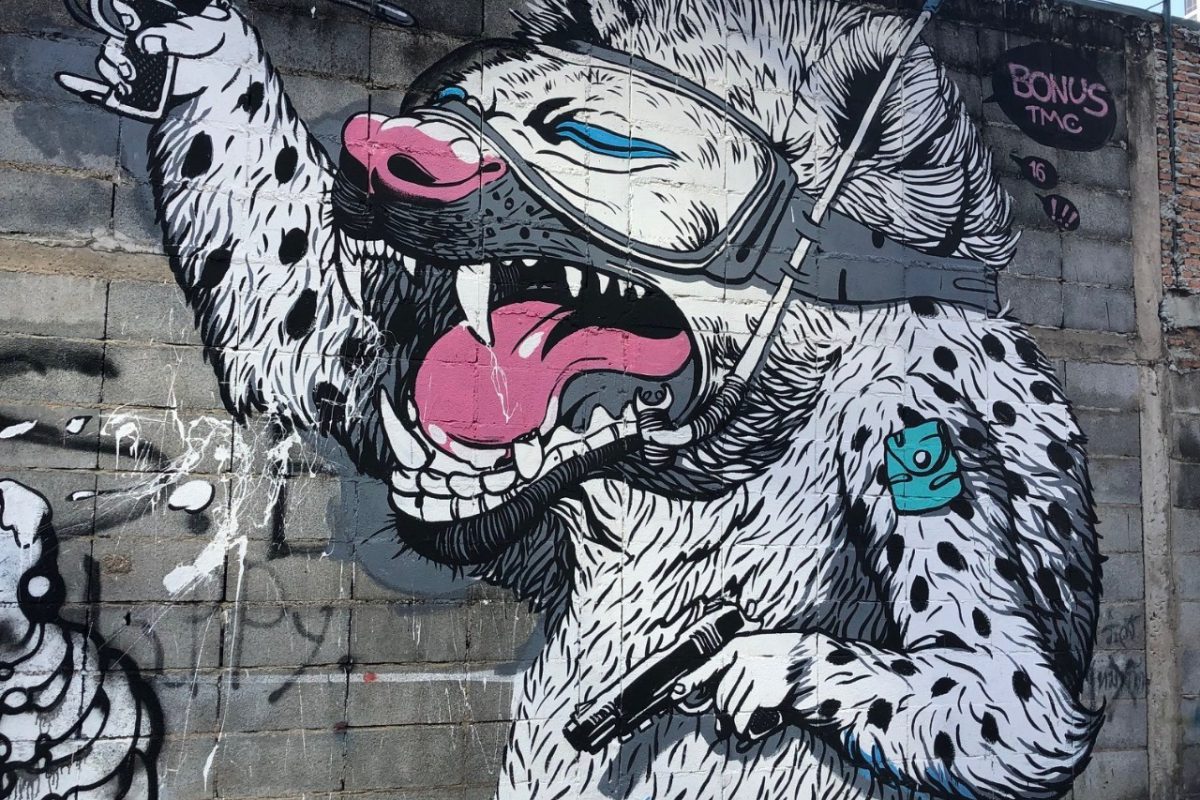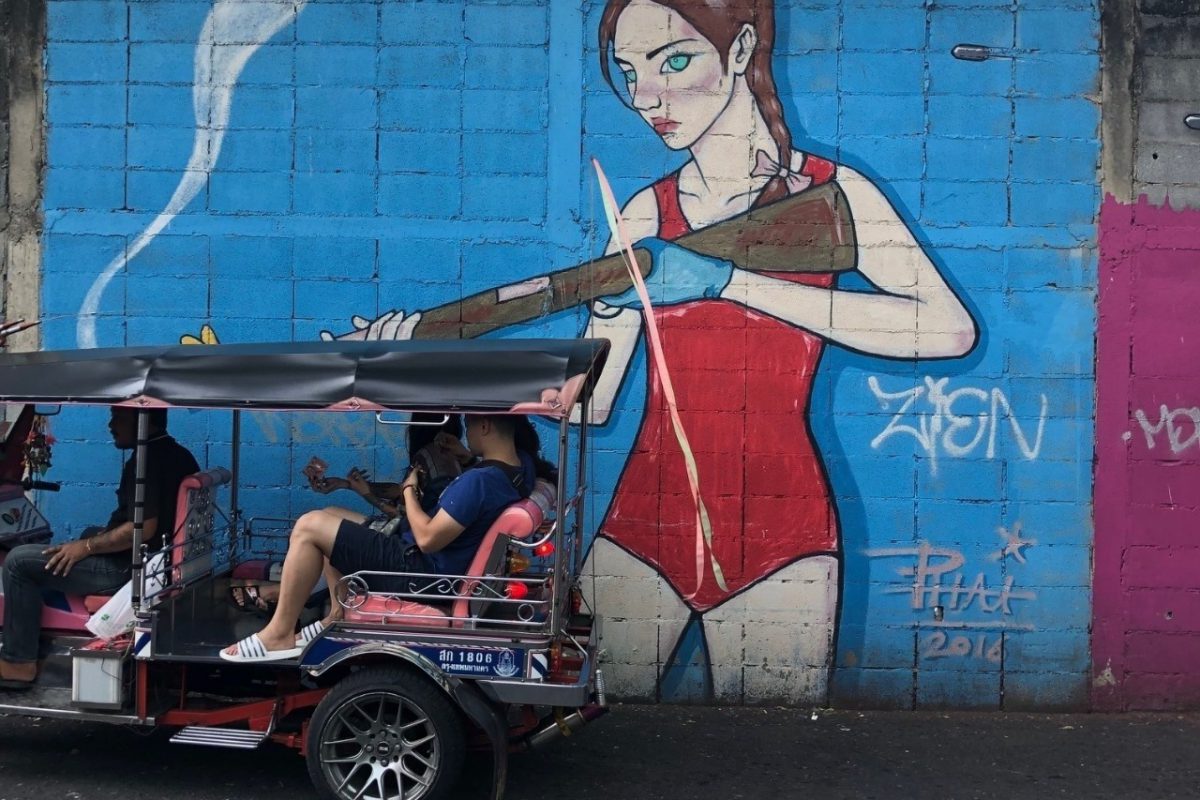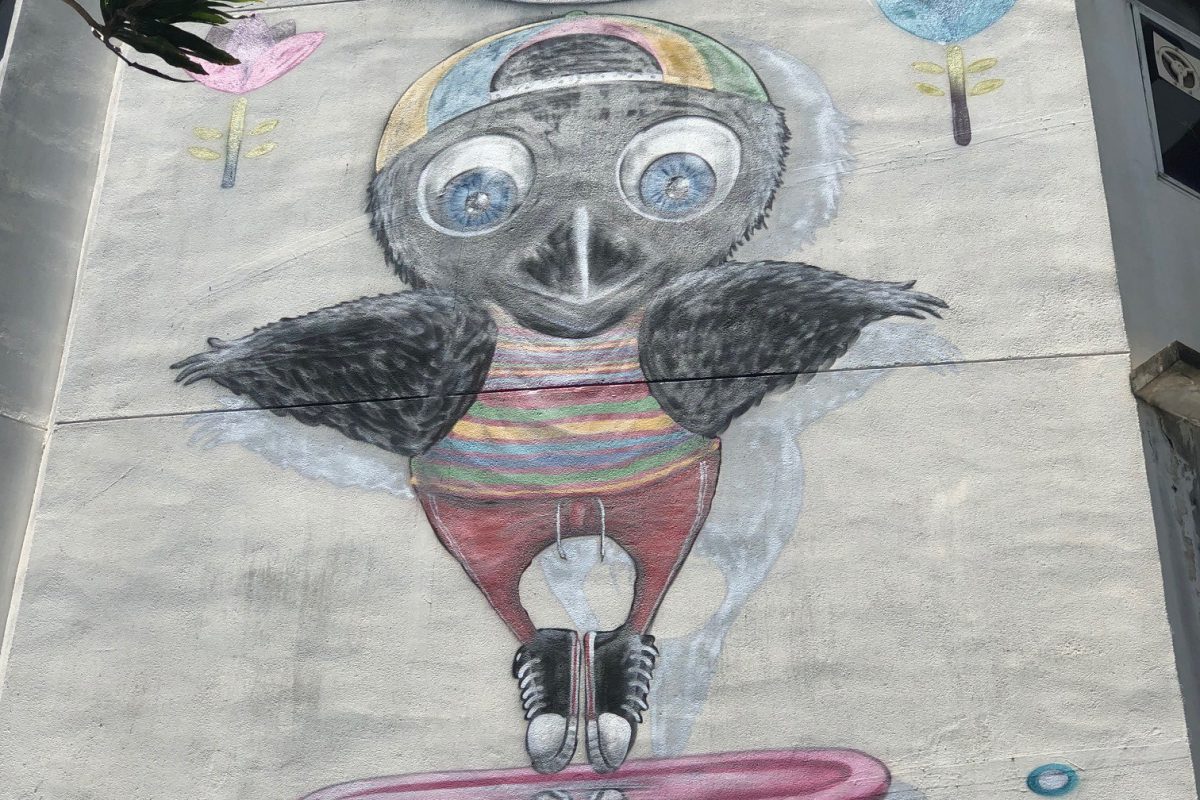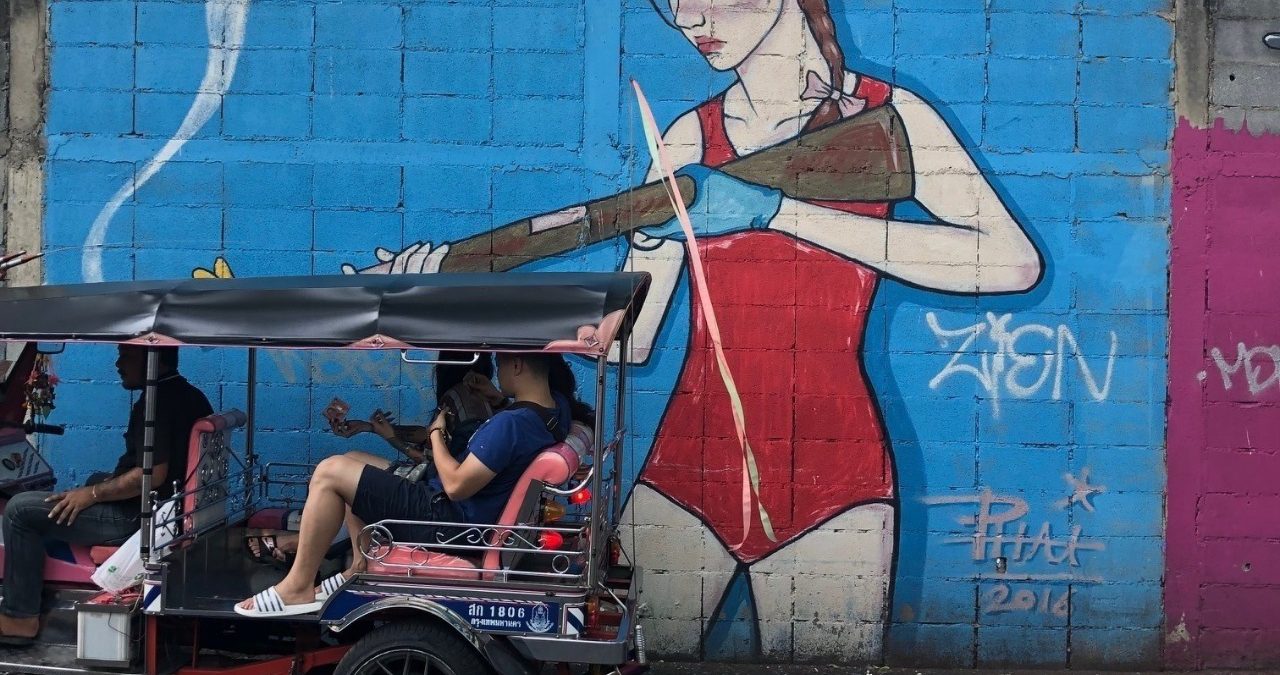
Keep up with our latest news and projects!

Neighbourhoods in Bangkok evolve rapidly. New developments often involve old structures being replaced by high-rise shopping malls, condominiums, and offices. However, the districts of Bang Rak and Klong San, associated with the older riverside history, have in recent years gone through a revival of a different kind. Two subsections of the riverside districts have experienced a creative and innovative transformation and have been repositioned as a single Creative District.
The two subsections, each located on opposite sides of the Chao Phraya River, are hotbeds of diversity, where east meets west and old sits with new. Here, traditional shophouses surround luxury hotels. Various houses of worship are situated only a few blocks apart. Both subsections, being part of older Bangkok, contain excellent footpaths that make them more walkable than other districts in the capital.
Each one contains ageing but quite active communities. Many new entrepreneurs were drawn in by the tangible and intangible assets of the Creative District and have established new destinations that make for an exciting scene. Galleries, cafés and restaurants have opened and boutique hotels have sprung up to make the area increasingly attractive.
Since 2015, various actors from different sectors have continued to come together to contribute to the area. They had one common cause: to re-energise the area without dramatically changing its physical and social fabric. Together and separately, these actors have introduced a new vibrancy to the neighbourhood.
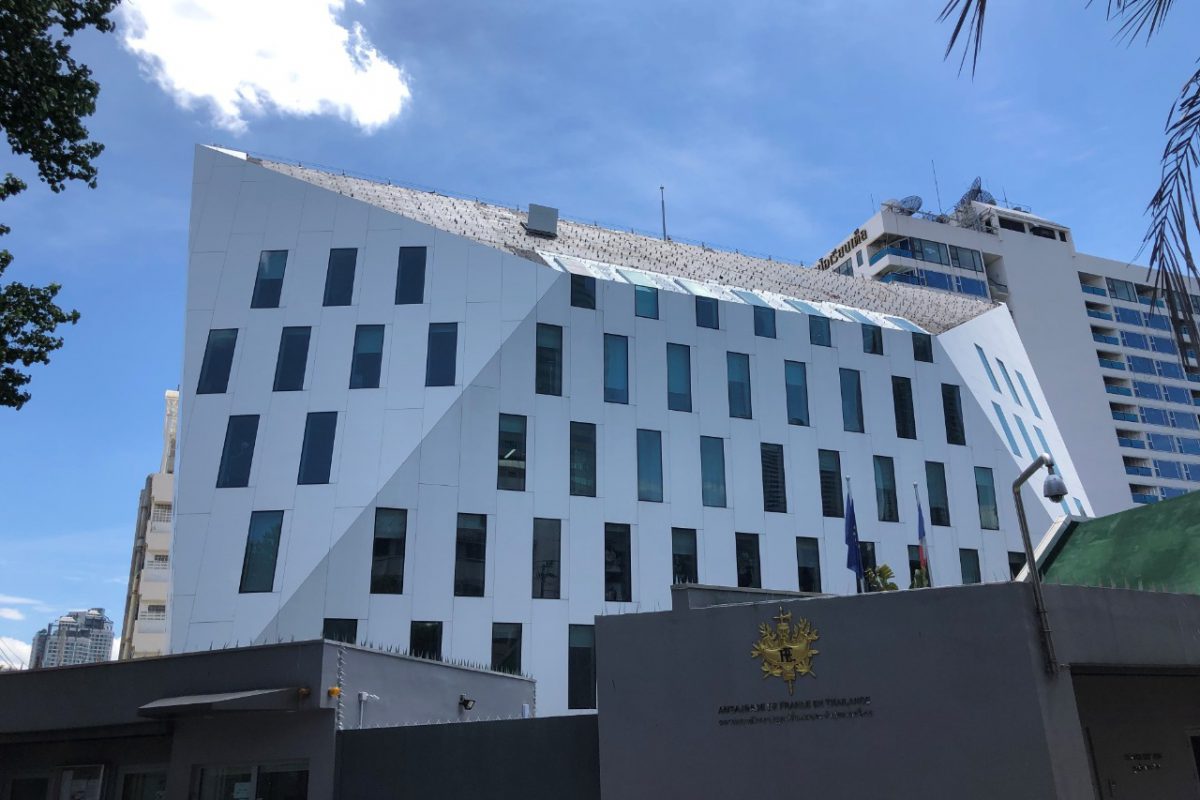
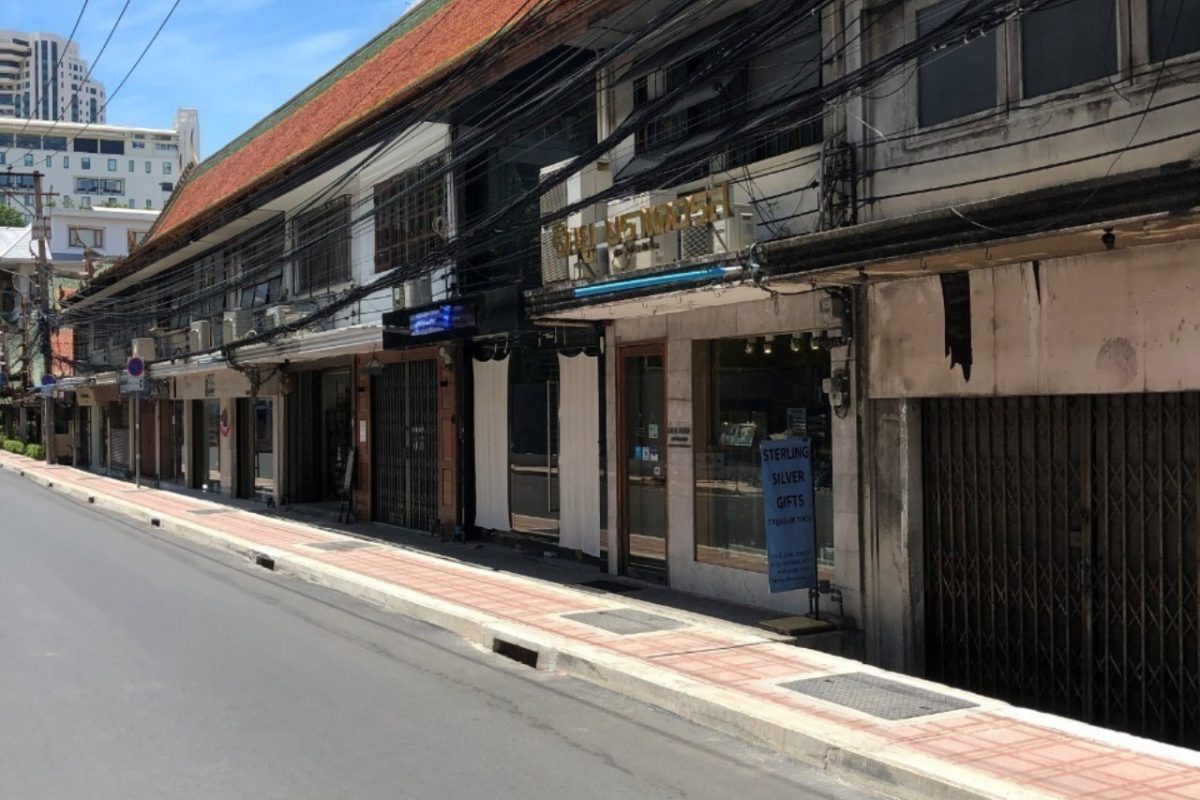
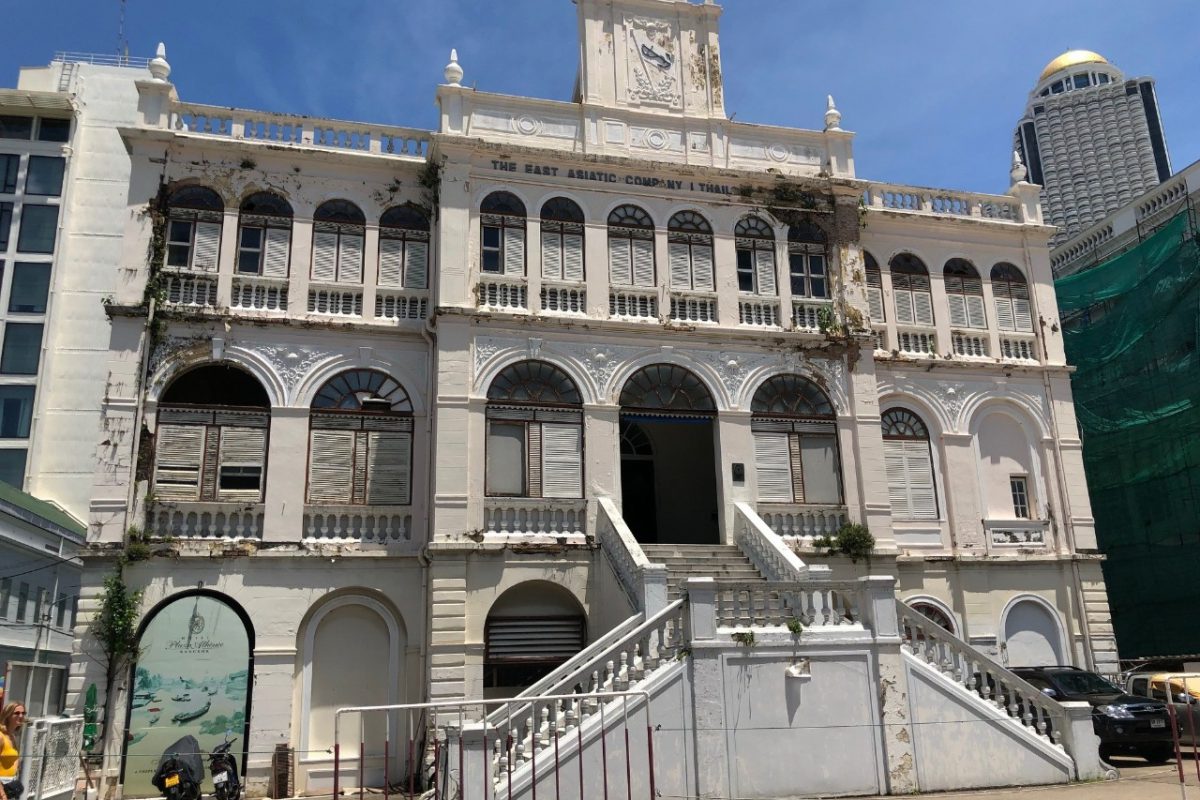
There are three broad groups that have played significant roles in initiating a shared vision and maintaining momentum: 1) an informal network of individuals turned Creative District Foundation (CDF), 2) a former government agency (Thailand Creative and Design Center) turned Creative Economy Agency (CEA), and 3) individuals and organisations who submitted ideas.
CDF began with regular meetings to discuss the future of the area in 2015. Individuals who were operating businesses in the area but did not know each other started to see an organic movement in the area. Voluntary meet-ups fostered stronger bonds between them and allowed for a long incubation of the idea of a neighbourhood identity. In late 2015, the group began to spread the message of revitalising the area. These conversations evolved into regular public town halls, which drew in many other interested parties.
Members of the government agency CEA began to attend the meetings of CDF. In these congregations, they shared their views, findings and future plans for the area. Acknowledging that their goals and visions were aligned, CDF and CEA began to cross-promote one another and agreed to the repositioning of the area as a Creative District. In late 2017, CEA opened its new headquarters in Bang Rak to the general public.
CDF and CEA also started searching for projects that could bring value to the district. Both parties understood that the key lies in evangelising the area and supporting others in their personal endeavours to contribute to a better city. Starting in 2016, a steady stream of projects began to debut in the Creative District.
Projects included the rebranding of a pre-existing gallery-hopping night after the new Creative District. Local galleries in the area arranged for their establishments to be opened late every few months to encourage the appreciation of art. The second BUKRUK Urban Arts Festival was launched in early 2016. As part of the festival, several neighbourhood walls were painted with street art. All of these walls were on thoroughfares that stayed out of residential areas. TedXCharoenkrung, run by civic-minded youths, premiered in late 2017 and engaged locals in the district to come speak about the future of the area. CEA launched its highly successful annual Bangkok Design Week in 2018, which saw the showcasing of design projects in venues spread throughout the district and thousands of visitors in one week.
These and other projects created a flow of media coverage around the Creative District. Increased foot traffic brought patrons to local businesses and a younger crowd began to flock the area. New galleries, cafés, and restaurants pulled in others to open similar types of businesses. Some older establishments in the area — spurred by this new energy and competition — began to step up their own promotion. Together, all of these changes helped revive the district’s urban fabric, bringing with it renovated structures and upgraded public spaces.
The most valuable future projects would be those that are more permanent in nature, such as new organisations, businesses, or residents relocating to the area. Events, while essential, will only help temporarily. It is also important that visitors know how to find and navigate through the neighbourhood and learn about the local community. Data for various purposes needs to be shared more effectively and used for wiser decision-making across multiple projects. For example, an innovative mobile application offering walking tours could not only guide visitors but also raise awareness about community issues. This would also be a useful tool to monitor the amount of visitors while actively involving the local community.
